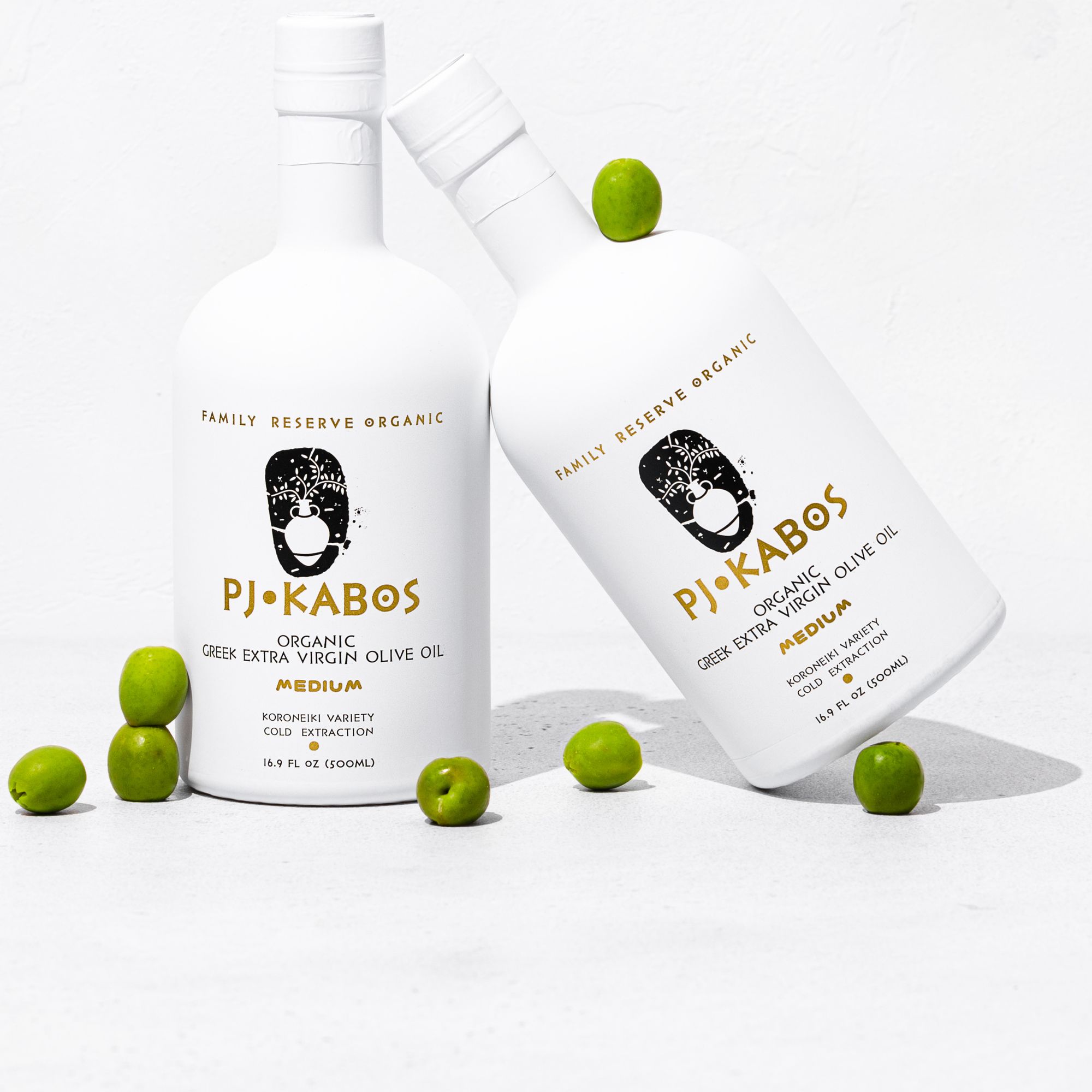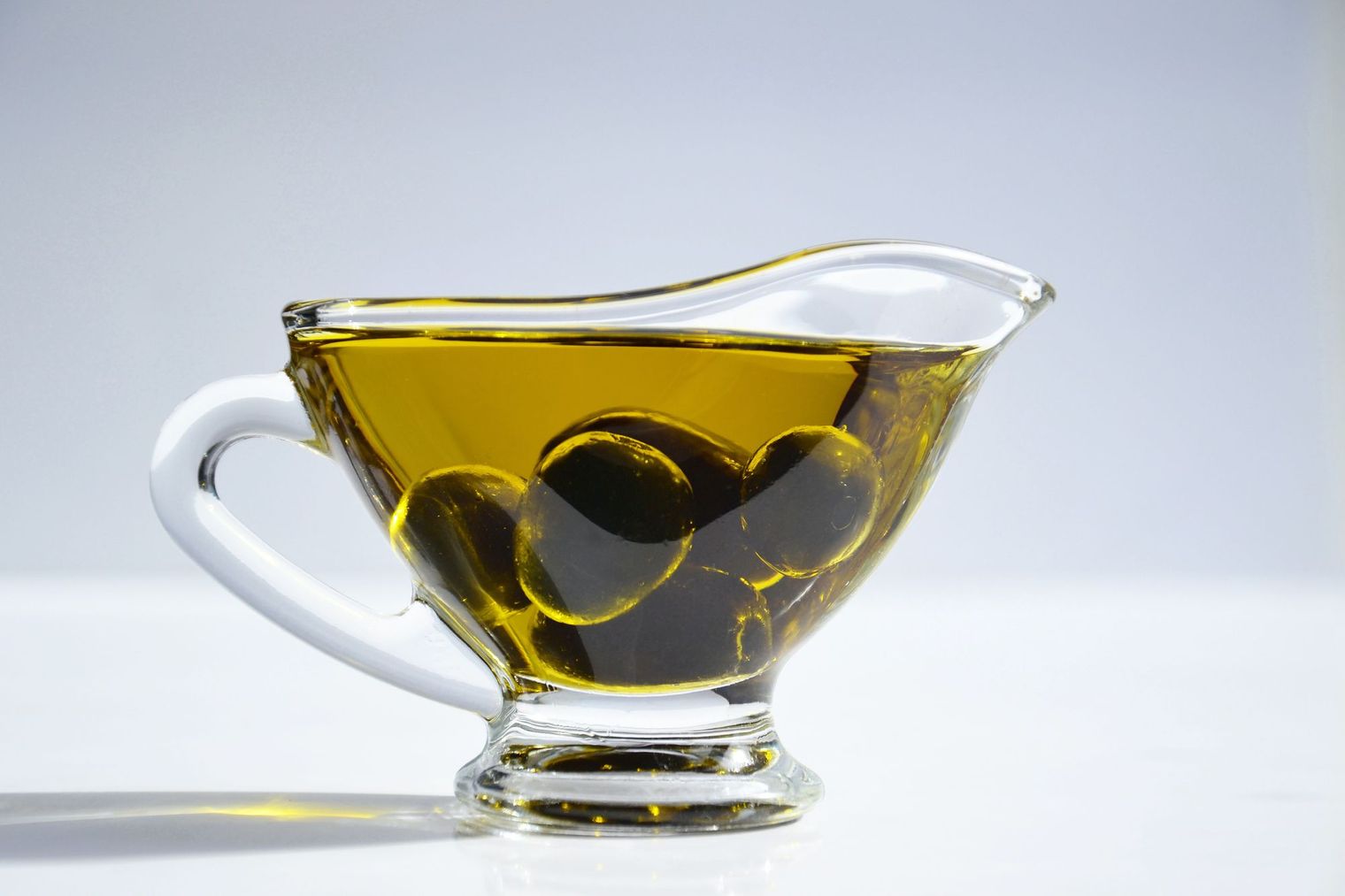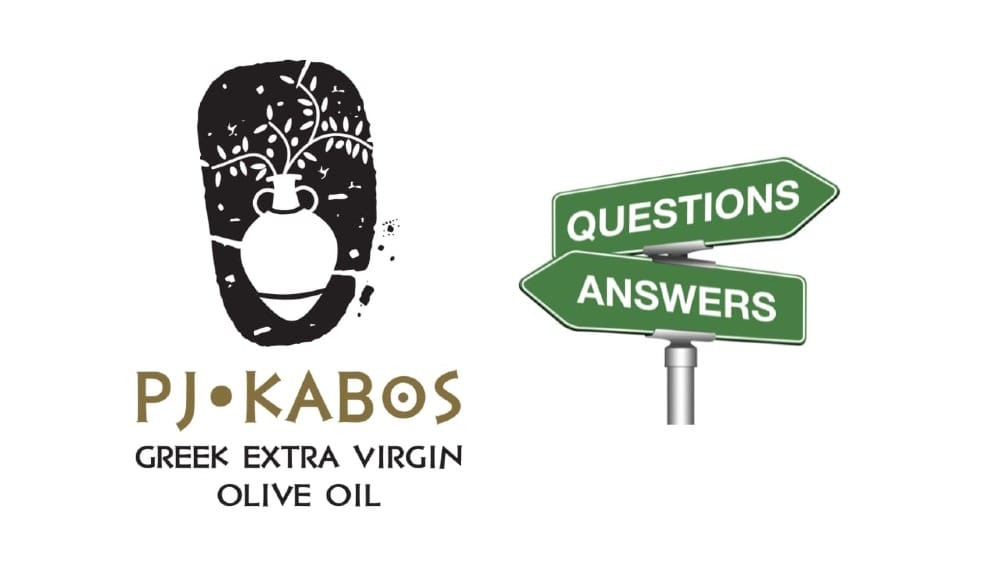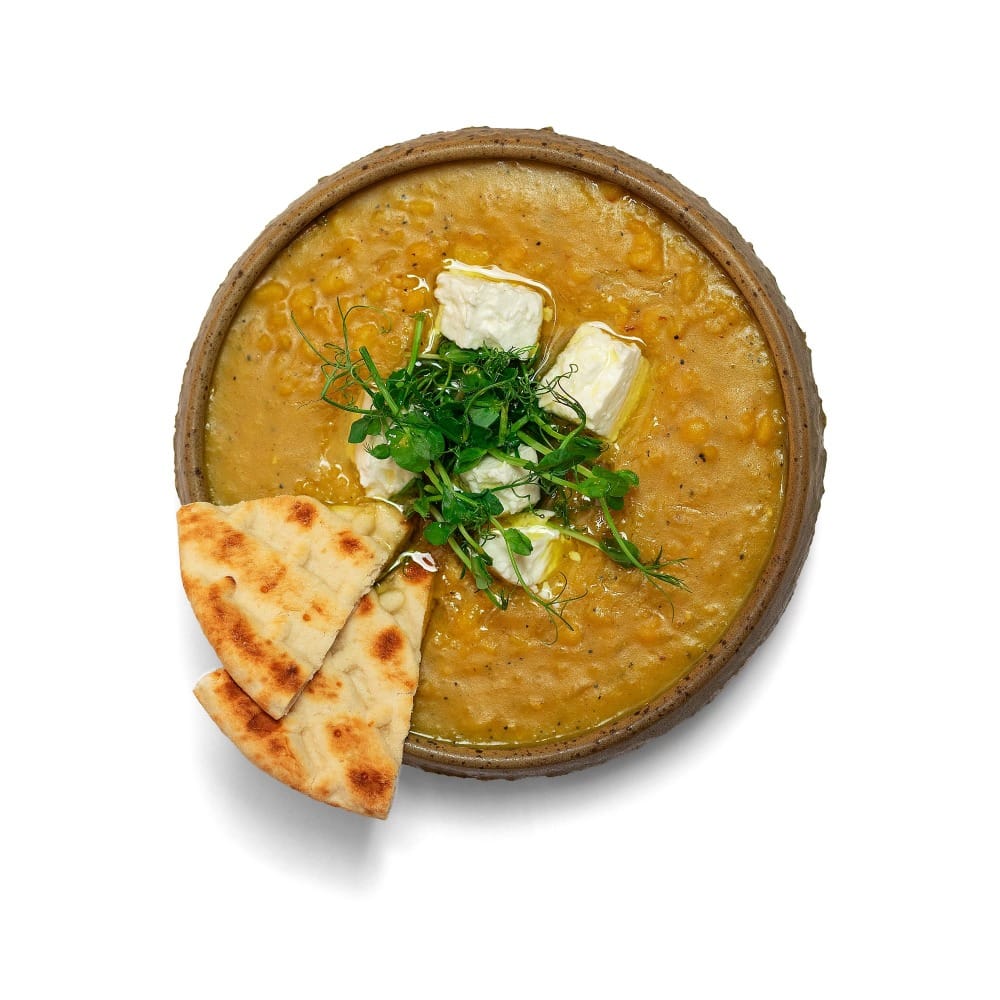When it comes to olive oil, there are many ways to measure quality. One part of the industry standard for quality is the free acidity of the olive oil.
As a general rule, the lower the free fatty acid content in an olive oil, the higher the quality. But things get a little more complicated than that. Refined olive oils, a totally different category of olive oil of lower value, have very low acidity. How does that work?
We’ll get into it here. Here are the basics about olive oil "acidity" and how it relates to quality and flavor.
How is Olive Oil Quality Measured?
The body that develops quality and purity criteria for olive oil is the International Olive Council (IOC). While some countries have their own regulations, these olive oil standards are recognized by most producers worldwide.
In the International Standards under resolution COI/T.15/NC no 3-25, there are nine grades of olive oil and olive pomace oil (oil made from the olive pulp after the olive oils are extracted). Some of the factors that go into the grading of olive oil include free acidity, production methods, and flavor defects. We’ll take a look at the most relevant grades of olive oil here.
Why Does Olive Oil Acidity Matter?
Olive oil does not seem acidic. And that's true – the term does not refer to an acidic taste or acidity as we commonly think of it in lemons or vinegar. So what does that mean and why is it an important parameter?
Olive oil naturally contains triglycerides, which are packets of three fatty acids connected by a molecule called glycerol. This link between the fatty acids and the glycerol is not very strong, so through hydrolysis, or to a lesser degree oxidation, it can break, setting a fatty acid free. So these free fatty acids are signs of breakdown in the olives or olive oil.
The parameter is actually called “free acidity” or "free fatty acids." It is usually given as the percentage of free fatty acids on the basis of oleic acid—the most abundant fatty acid in olive oil—per 100 grams of oil. Higher quality olive oils have the lowest levels of free acidity.
Just to clarify: a higher free acidity does not mean that the olive oil tastes more acidic. Here’s what you need to know about the different grades of olive oil.
What Are the Grades of Olive Oil?
Extra Virgin Olive Oil
Extra virgin olive oil (EVOO) is the highest rating for olive oil. It is the top choice in the olive oil world, with unbeatable flavor and impressive health benefits. Here’s how EVOO is defined by the IOC.
- Sensory evaluation: When evaluated by a certified tasting panel, this olive oil is deemed to have zero defects and some positive fruitiness.
- Free acidity: To be deemed EVOO, this olive oil must have a free acidity percentage of less than 0.8% under the IOC standard. Other standards fix the maximum free fatty acid for EVOO at 0.5%. Premium quality EVOOs will usually have free acidity well under 0.3%. Free fatty acid is only one of the many quality and authenticity parameters olive oil chemistry must meet.
Extra virgin olive oil can only be made by mechanical methods. This means that olives are ground, the oils are separated from the pulp by centrifugation, then the oil is filtered or racked to clean out the remaining solids. EVOO is never exposed to high heat or chemicals.
Because EVOO is unrefined, it retains high levels of healthy compounds, making it some of the healthiest oil on the market. Olive oil contains hydroxytyrosol, oleuropein, and oleocanthal, which possess anti-inflammatory, antioxidant, and anti-microbial properties.
As EVOO has the most flavor – and is also the most expensive – it’s best to use it in applications that really highlight the quality of the oil. Consider using it as a finishing oil, a dipping oil, on salads or in any dish where flavor matters.
Virgin Olive Oil
The second highest grade of olive oil, virgin olive oil is quite similar to EVOO, with just a couple key differences. Here’s how virgin olive oil is defined by the IOC.
- Sensory evaluation: When evaluated by the tasting panel, virgin olive oil is permitted to have some level of defects. This number must fall between 0 to less than 2.5. This means the quality is only slightly lower than EVOO. Additionally, these flavor defects are so small that the average consumer might not even notice.
- Free acidity: To be considered virgin olive oil, this olive oil must have a free acidity percentage of less than 2%. The other chemical parameters for quality are set at a less restrictive level than for extra virgin grade.
As with EVOO, virgin olive oil can only be made by mechanical methods. They must not encounter any heat or conditions that lead to alterations in the oil. The only treatments it is permitted to undergo are washing, decantation, centrifugation, and filtration.
As it is produced in the same method as EVOO, this oil retains high levels of healthy compounds. As with olive oils of all types, virgin olive oil contains healthy phytosterols and free oleic acid, as well as smaller amounts of vitamin E and vitamin K.
You can use this oil in the same way as an EVOO but it is better for applications where the minor flavor defects will not matter such as sautéing, frying, flavorful marinades or roasting.
Regular Olive Oil
While extra virgin olive oil and virgin olive oil are quite similar, regular olive oil enters into new terrain. Regular olive oil, which is sometimes called “pure olive oil” or just “olive oil” is commonly found at grocery stores and in online shops.
Regular olive oil is a blend of 15%-25% virgin olive oil with refined olive oil. As the refined portion is treated with heat and chemicals, it is a more neutral tasting oil.
- Sensory: This olive oil is mostly refined, which removes defects of flavor—all flavor in fact. Refined olive oil is neutral tasting so any flavor will come from the addition of virgin or extra virgin olive oil.
- Free acidity: This olive oil must have a free acidity percentage of less than 1%. The refinement process brings down the acidity of the oil.
In addition to reducing flavor, the process of refining olive oil also reduces levels of certain healthy compounds. That means it has less health-promoting powers than virgin olive oils, but is still healthier than most cooking oils on the market. As an example, it is still a good source of phytosterols, oleic acid, with some vitamin E and vitamin K as well.
As this oil is more refined, it has a higher smoke point. That means it’s a good choice for frying, roasting, and sauteing.
Light Olive Oil or Extra Light Olive Oil
Light olive oil, sometimes labeled as extra light olive oil, is another common oil found in the supermarkets. This name is a little misleading – light olive oil is not a diet version of olive oil. Instead, it’s light in flavor.
Light and extra light olive oils are composed of 5%-10% virgin olive oil blended with refined oil. The portion of the oil that is refined is treated with heat and chemicals to remove any flavor defects. That means it has a very neutral flavor.
- Sensory: Like regular olive oil, this olive oil is mostly refined, which removes defects of flavor. The lower percentage of virgin olive oil makes this the least "olive-y" of the olive oils.
- Acidity: This olive oil must have a free acidity percentage of less than 1%. The refining process brings down the acidity of the oil.
As with regular olive oil, the refinement process also reduces its percentage of bioactive compounds. As such, it’s less packed with nutrients than virgin olive oils, but still heart-healthy. Light and extra light olive oils are still a good source of beneficial phytosterols and oleic acid, with modest amounts of vitamins E and K.
As extra light olive oil is more refined, it has the highest smoke point of any olive oil. That means it’s a good choice for frying, roasting, sauteing, or grilling. As its flavor is so neutral, we don’t recommend using this oil for dipping or finishing.
In Conclusion
Free acidity is only one of the measures used to determine the quality of an olive oil. Extra virgin is the go-to grade for salads and other raw uses and it is also great as your cooking oil. As an olive oil consumer, a single chemical parameter like free acidity is not very helpful—it's more important to focus on the flavor of the olive oil and whether or not you like it!
Sources
https://static.oliveoiltimes.com/library
https://www.aceitedelasvaldesas.com/en/faq/pregunta
http://cesonoma.ucanr.edu/files/27262.pdf
https://www.ncbi.nlm.nih.gov/pmc/articles/PMC5
Product placement
PJ KABOS 'Family Reserve Organic - Medium'
High Phenolic and 2022 Gold-Award Winner.
Declared as 'One of the World's Best Olive Oils'.
Click here to shop.





